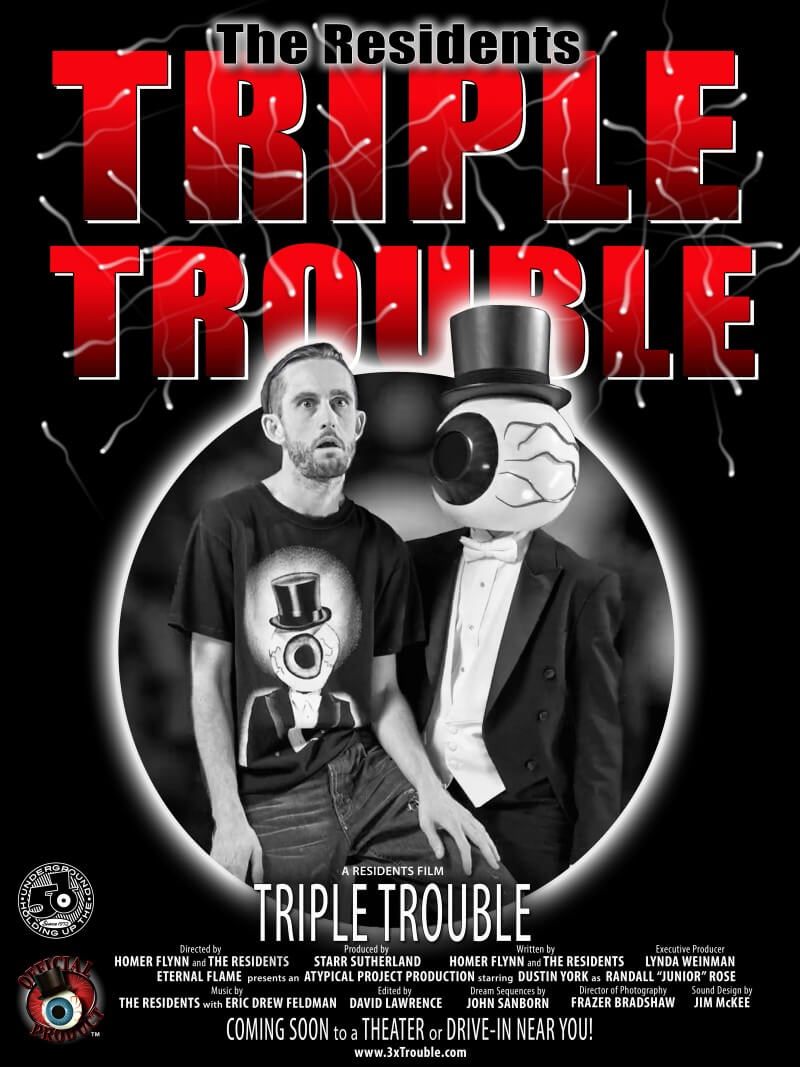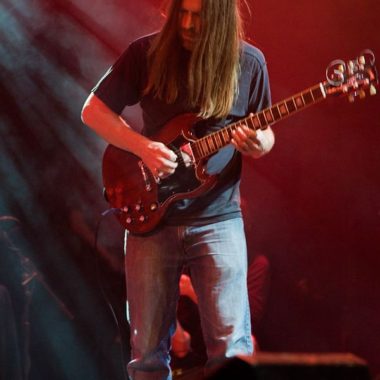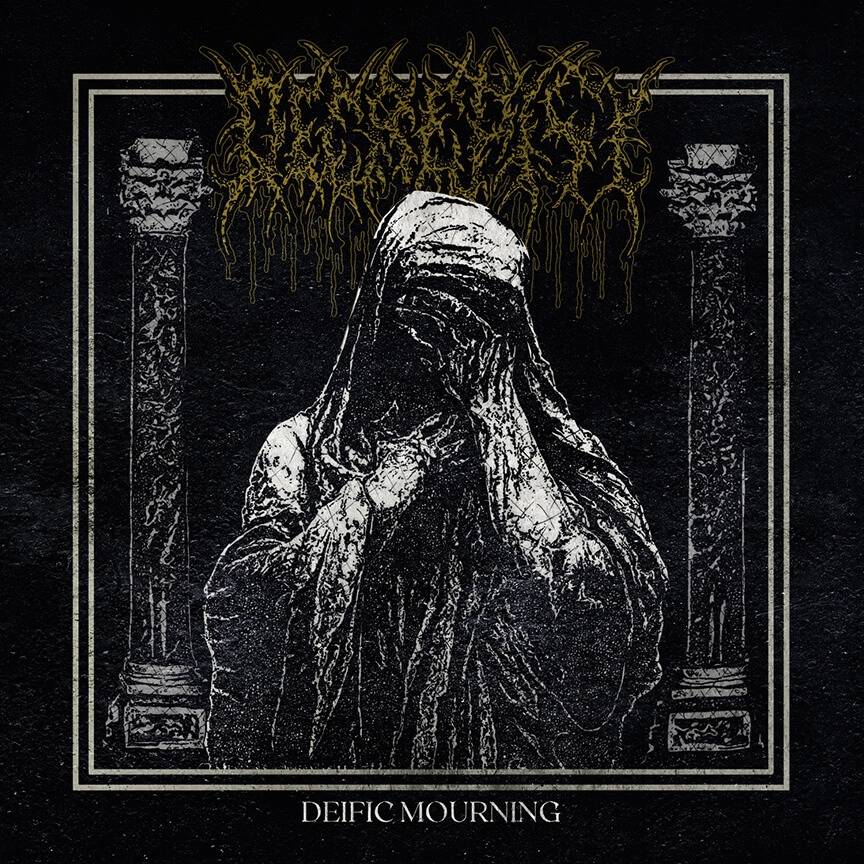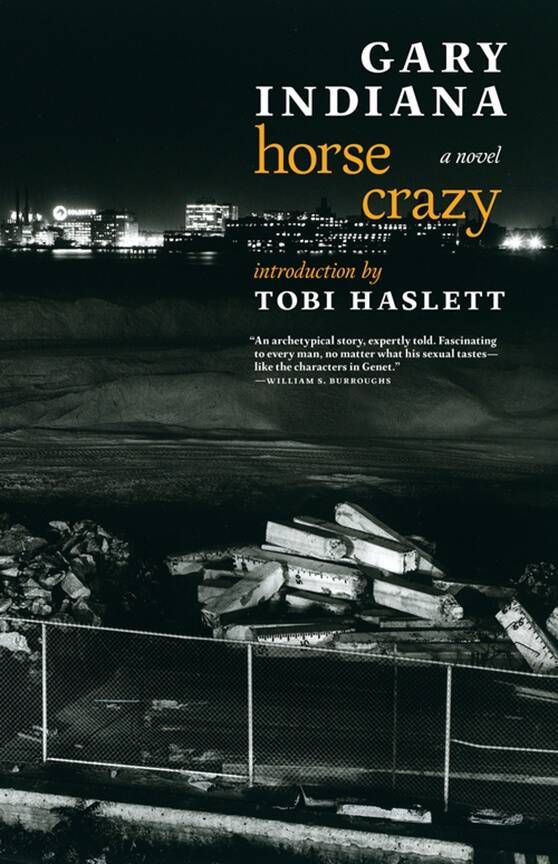The new books of Liturgy. Haela Ravenna Hunt-Hendrix has long fronted a powerful band. The first three Liturgy releases were impressive, intelligent, calculated and well-executed albums fairly entrenched in black metal. The group (of which, at this point, Hunt-Hendrix is the only constant) has since released a second three discs, and it’s with these—2019’s H.A.Q.Q., 2020’s Origin of the Alimonies and the new 93696 (CD, double LP and download from Thrill Jockey)—that Liturgy rises above the form. At this point, skipping out on the Brooklyn band’s music is like giving Nina Simone a pass because you don’t like vocal jazz. Sure, that’s what she does, but she’s so much more. Liturgy’s music is still pretty heavy, think sheets of cold rain in the night, but they’ve grown into something remarkable, something unique and powerful.
Hunt-Hendrix is fortunate to have a new line-up that’s fully able to realize her compositions, but the last three albums have been all about her vision. There is plenty of philosophy behind them (lengthy expositions are up on YouTube) but it’s the sonic architecture that makes the records so exciting. In adding guests from New York’s contemporary classical and improv realms on H.A.Q.Q. and Origin of the Alimonies, Hunt-Hendrix developed ideas about orchestration and studio engineering that are further refined on 93696. The results are surprising, unsettling and beautiful, like being in a trance in a chasm of broken glass. There’s glockenspiel, Wurlitzer and zither and moments of angelic chorales. There are passages of thrash interrupted by processed beats and jarring digital glitches. There’s bits of riffage and lots of screaming into the bleakness, which certainly isn’t for everyone. But at this point, it shouldn’t be dismissed for reasons of not liking metal.
Liturgy has been a point of controversy at least since 2015, when its frontperson (then known as Hunter Hunt-Hendrix) issued a lengthy screed on what black metal is, or should be, or could be. At this point, understanding the metaphysics behind Hunt-Hendrix’s music is probably about as essential as being versed in Aleister Crowley is for appreciating Led Zeppelin. There’s a lot going on beyond the theory, and it’s pretty powerful stuff.
The natch’l jazz. Louis Jordan’s “Is You Is or Is You Ain’t My Baby?” was—for me and I suspect for many—an early peek into a musical past. I don’t know where I heard it first, but it’s likely it was seeing the 1946 Tom and Jerry cartoon “Solid Serenade” on television. I know it was well familiar when I heard Joe Jackson sing it on his 1981 album Jumpin’ Jive. It’s an immediately likeable song, even for a kid, with lots of rhymes, creative license with the grammar and a sentiment that’s easy to grasp. Jackson’s rendition, and the whole of the album, holds up remarkably well four decades later. He takes it on with a love for early jazz but, even more, respect for the craft of past songwriters.
The song shows up again on Savoy, the new album by Harlem-born octogenarian Taj Mahal (CD, LP and download out April 28 from Stony Plain Records). Mahal put his best foot forward in January with the single, “Gee Baby, Ain’t I Good to You,” a slow blues with lush horn accompaniment. It’s a fine album all around, though, with a strong band of San Francisco session players, and it reminds me of Jackson’s record in that it’s all about the songs. He steps up to Jordan again with a grooving take on “Caledonia” (it doesn’t top James Cotton’s 1976 live version, but what could?) and does quite nice readings of Duke Ellington’s “Mood Indigo” and “Do Nothin’ Til You Hear From Me.” He also executes some sweet scat on “Sweet Georgia Brown” and duets with Maria Muldaur on “Baby, It’s Cold Outside.” Beginning to end, it’s a pleasure.
Mahal formed his first band, with fellow guitarist Ry Cooder, in 1964 and around that time was working for Howlin’ Wolf, Lighnin’ Hopkins and other blues greats. Later that decade, he appeared in The Rolling Stones’ Rock and Roll Circus. He led a band that featured four tubas and has delved into reggae and calypso, traditions from India and Mali, all the while retaining his own, enigmatic style. On Savoy, he lays claim to an older generation of song from the first track, where he talks about his parents meeting at the Savoy Ballroom in Harlem and his growing up with all their “cool and hip” music. Like the great Lead Belly, he’s a living songbook of the African diaspora. If U2 is deserving of a Kennedy Center Honor for making “significant contributions to American culture,” as the Irish band received in December, surely Mahal is overdue.
Everyone comes to the freak show. I decide over and over again that I’m done with the Residents but every time the wheel spins I’m right back in, buying each reissue and going to every tour. Time and again, from their 1990s discovery of MIDI technology to the sad loss of founding member Hardy Fox in 2018, it’s been easy to say their day has past, but the fact is they keep on delivering. Triple Trouble, a new movie by the anonymous-ish outcasts, got its NYC premiere at the Museum of Modern Art on March 7 and had all the hallmarks of Residents storytelling: first-person narrative, clumsy exposition and plenty of referencing themselves and their history. It was also, in their always dependable way, kinda great. On March 30, they brought their Faceless Forever tour to Le Poisson Rouge and reliably, joyously, rolled out their hits, opening with Hank Williams “Jambalaya (On the Bayou)’ and ripping through reworked versions of “Hello Skinny,” “Smelly Tongues,” “Moisture,” “Constantinople” and “Semolina.” Unusually, the one known as the Singing Resident didn’t say a word between songs, but they played “Bach is Dead” for Bach’s Gregorian-calendar birthday eve and the Donald Trump dedication “Die! Die! Die!” to mark indictment day and then encored with a favorite from the MIDI days, with Singing Resident intoning in his pronounced drawl that “life is a lot like the freak show ‘cuz nobody laughs when they leave.” The Residents have doggedly been chasing an immediately recognizable aesthetic of cartoon creepiness for 50 years now, which makes their projects great even when they’re not. Hell, let’s put them in the Kennedy Center Hall of Fame as well.
#IYKYK: The duo that got Iggy Pop to guest on a song, repeating the word “moron” 21 times—that being Lancaster, England’s the Lovely Eggs–debut their Eggs TV on YouTube April 6. It can’t not be good.












One Comment
Pingback: 93696 - The Hermetic Library Blog